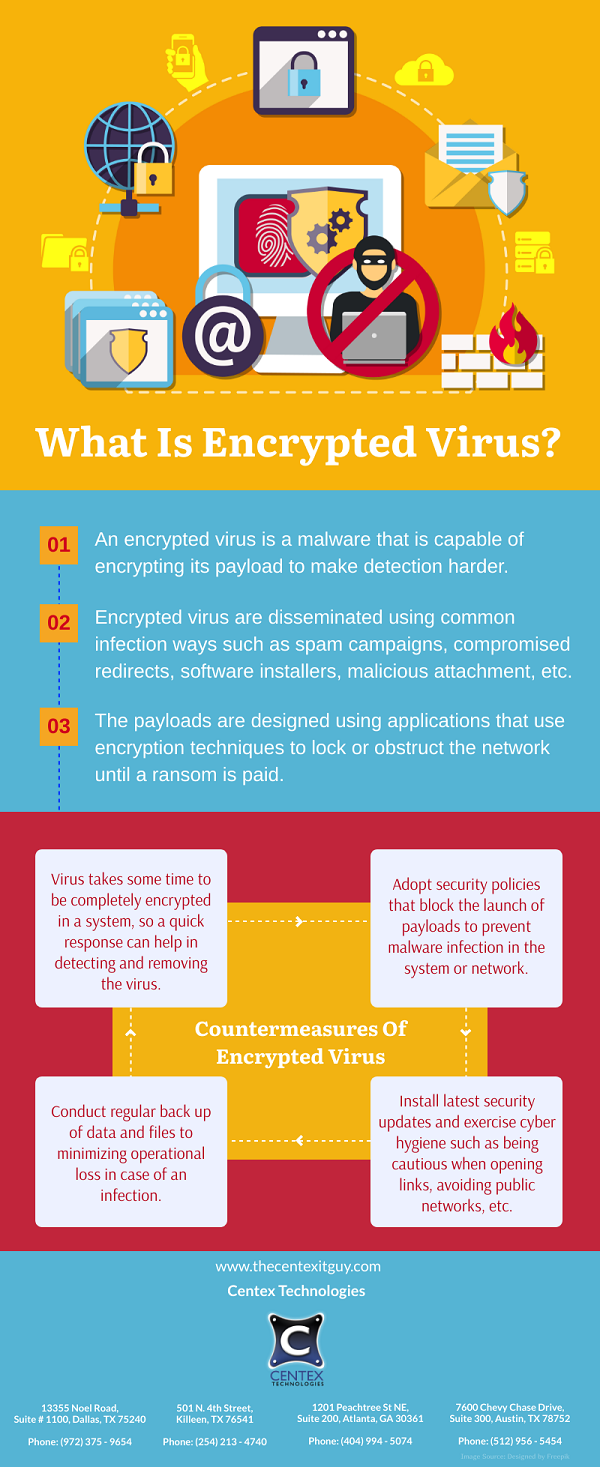Web application vulnerabilities are system flaws that can arise due to improper validation or sanitization of form inputs, misconfigured web servers, or application design flaws. Such vulnerabilities can be exploited by cybercriminals to compromise the application’s security and gain access to use the application as a breeding ground for malware.
Common security vulnerabilities that affect web applications.
- Injection: This happens when an interpreter receives a compromised query or command. Examples of injection flaws include SQL, LDAP, and OS. The best way to stay protected against injection flaws is to avoid accessing external interpreters. Language specific libraries can be used to perform functions for system calls or shell commands as they don’t use shell interpreter of the Operating System. If a call must be employed (such as calls made to backend database), make sure to validate the data carefully.
- Cross Site Scripting (XSS): XSS attacks occur when a web application sends data to a client browser without thorough validation. XSS vulnerabilities allow intruders to run malicious scripts on victim browser which spy on user sessions and redirect users to malicious websites in some cases. In order to avoid XSS, applications should be designed to perform vigorous checks against defined specifications. It is recommended to adopt a positive security policy which defines only what should be allowed.
- Broken Authentication & Session Management: If these functions aren’t properly configured, attackers can compromise user identities and exploit a vulnerability to steal session tokens, keys, and passwords. This type of attack can be avoided by using custom authentication and session management mechanisms. Some session management criteria that should be incorporated include password change requests, password strength checks, session ID protection, browser caching, trust, backend authentication, etc.
- Cross Site Request Forgery (CSRF): In this case, the attacker forces the victim to send requests that the server will consider to be legitimate. The requests are sent in the form of forged HTTP requests including session cookie of victim and other identification information. To prevent this, applications should use custom tokens in addition to tokens received from browsers because custom tokens are not remembered by browsers to initiate a CSRF attack.
- Security Misconfiguration: It is important for applications to have a secure application environment. Application developers need to consider guidelines pertaining security mechanisms configuration, turning off unused devices, logs & alerts, etc.
Centex Technologies offers web application development and cybersecurity solutions to its clients. For more details on how to make your web application secure, contact Centex Technologies at (254) 213 – 4740.

